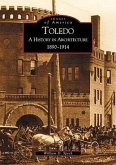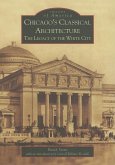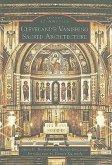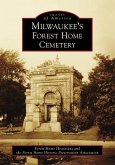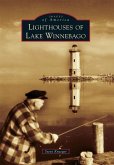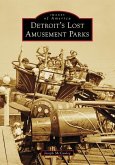By World War I, Toledo's prosperity paralleled the popularity of the automobile, which transported citizens to homes along the Maumee River, Ottawa Hills, and Westmoreland. After World War II, stores, theaters, and businesses migrated out of 19th-century city boundaries as well. Toledo in the 1920s and 1930s boasted elegant department stores, the Commodore Perry Hotel, the towering new Ohio Building, and the legendary Paramount Theater. Great expressions of faith, Rosary Cathedral and Doc Hettinger's Garden of Eden, were built. Depression years saw the Zoo, the University of Toledo, and the Peristyle at the Art Museum built. Toledo innovations, glass block and vitrolite, were used to great effect at the new Main Library building.


